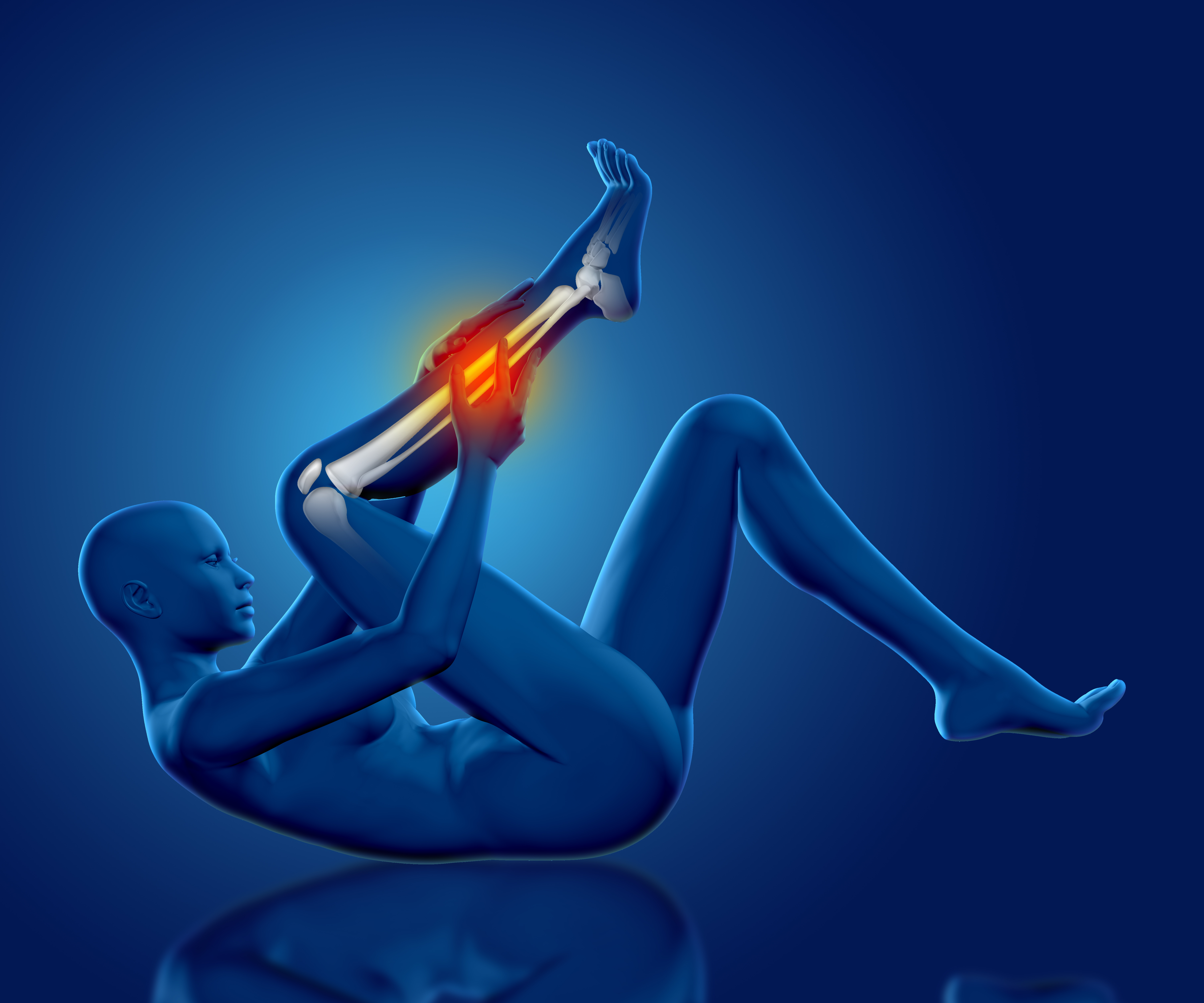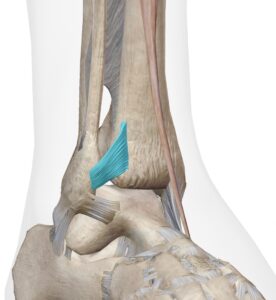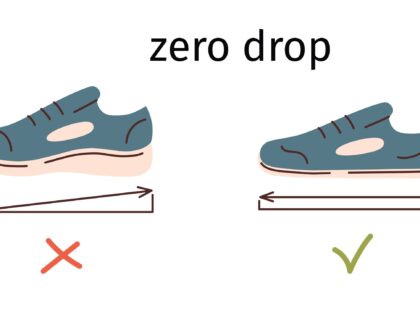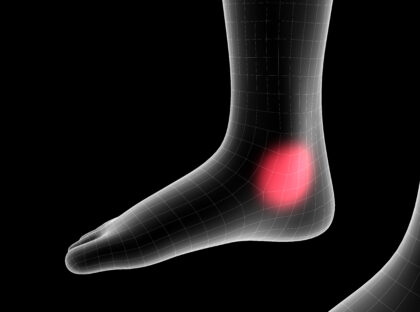We should all be familiar with lateral and medial ankle sprains as we discussed them in previous blogs. We are now going to talk about the last and least understood form of ankle sprain, also known as the dreaded ‘high ankle sprain.’ These sprains are documented as being between 11 and 17% of all ankle sprains. They are not too common, but they are very significant. Proper identification of this type of ankle sprain is vital. It will need rehabilitation by a trained professional who has experience with this type of sprain.
Luckily, the explanation and understanding of a high ankle sprain is quite easy. A high ankle sprain is a syndesmotic sprain that occurs above the lateral ankle. A syndesmotic sprain involves the ligaments and fascia between bones. In this case, the tibia and fibula bones above the ankle joint are involved. In effect, a particular trauma causes the two bones to separate from one another and the ligaments and other tissues between them tear in the process. This leads to a lot of pain and a good amount of dysfunction.
Please subscribe to our YouTube channel to stay informed of all new educational videos

A High Ankle sprain is a very unique and painful injury. It requires proper treatment and rehabilitation to aid with recovery.
Clinically, we tend to also see damage between the two bones much higher up the leg. We also see many athletes present with signs and symptoms of a typical lateral ankle sprain As you can imagine, this is the trickiest of all ankle sprains to contend with.
High ankle sprains are usually not diagnosed properly even at the highest level of sports. The rehabilitation is also different from the ‘standard’ ankle sprain. High ankle sprains are tough as athletes that could be getting better quickly are not, and the injury can drag on for a long period of time.
How do we sustain high ankle sprains? High ankle sprains are caused by forced external rotation (usually with dorsiflexion) of the ankle. This can effectively drive the talus bone to wedge the tibia from the fibula, creating the separation.

The Anterior Inferior Tibiofibular Ligament (pictured in blue/green)

The Posterior Inferior Tibiofibular Ligament (pictured in blue/green)

Interosseus membrane
We previously learned that the lateral ankle has 3 ligaments and the medial ankle has 4 ligaments of concern. The high ankle sprain region has 2 ligaments and a long band of fascia. The two ligaments are the anterior inferior tibiofibular ligament (AITFL) and the posterior inferior tibiofibular ligament (PITFL). The long band of fascia is called the Interosseous Membrane. (All 3 images from Visible Body App). When these structures are damaged, it leads to loosening and separation of the tibia and fibula. These 3 ligaments work to absorb energy during ankle movement. Injury to them will have a dramatic effect on ankle function.
Athletes who play football, soccer, lacrosse, and other sports that involve running and cutting are most susceptible to this type of ankle sprain. Is there a way to prevent them? Not entirely. However, all athletes should work on having good ankle stability. This also requires athletes to have good knee tracking, hip mobility/stability, and train their body for many forms of impact.
Athletes of all disciples need to warm up properly to help to reduce the likelihood of injury. If you sustain a high ankle sprain, have the injury evaluated promptly by a healthcare professional who has a lot of experience specifically with treating high ankle sprains. These injuries are different from other ankle sprains and they need a different approach to help them get better. They will rarely resolve on their own as there is a good amount of scar tissue that forms with this injury if it is not properly rehabilitated. The approach to high ankle sprains is a bit more complex but with appropriate care, a full recovery is usually possible.
Don’t Be a Meathead is protected by Copyright laws. If you wish to post any content from www.dontbeameathead.com, you must obtain express (written…this can be email) permission before doing so. We love sharing important information to help people and we do appreciate your respect for our intellectual property.





